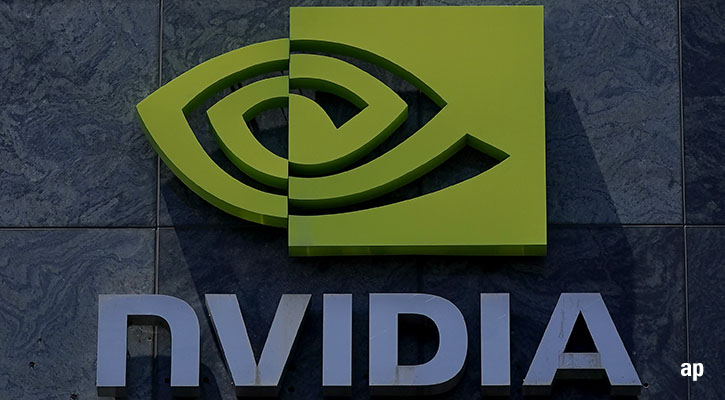a has caused some unease about mine production.
So, should investors try to get a piece of this rally? The contrarian in us says no--the best time to enter this market is when gold is trading at historical lows, not highs. We discourage investors from performance chasing, and because the gold price is hitting peak levels, it will have to drastically increase from here to deliver comparable returns. However, we don't have a crystal ball to accurately predict which direction gold will go next, and gold prices are notoriously volatile. After setting records in January 1980, the price of gold plummeted by almost 50% to about $480 per ounce by April 1980. On the other hand, gold prices have been steadily rising since last fall. And there's a case to be made for investing in gold. It can--though certainly by no means perfectly--serve as an inflation hedge, and its low correlation with other asset classes means that it can diversify a portfolio.
Open-end funds/unit trusts and exchange-traded funds (ETFs) are two avenues for investors who want concentrated gold exposure. Which method is right for you is dependent upon your individual investing needs and comfort levels. Each option has its merits and disadvantages, which we outline in the following paragraphs.
Open-end Funds and Unit Trusts
Precious-metals funds and unit-trusts do not invest directly in the physical metal--instead, they own mining shares, such as Yamana Gold They vary a bit in composition, but those available in the UK tend to emphasize gold but also hold a smattering of exposure to other precious metals such as platinum or silver.
The substitution of mining stocks for the physical commodity has both pluses and minuses. On the positive side, movements in mining stocks are dependent upon the price of the metal as well as company-specific factors, so a savvy manager can add value through company selection. There's also some leverage, which lets you gain more from an upswing in gold. For example, say you own a share of a gold stock when gold costs $500 and the firm's costs are $100, resulting in a difference of $400. If the gold price increases by 20% to $600, this margin expands to $500, which is a 25% increase in profits (that will theoretically be reflected in the stock price).
But many of these benefits are double-edged swords. The presence of firm-related factors means that you don't get a pure play on gold, consequently reducing its role as a diversifier. The leverage magnifies losses as well. On top of that, there's currency exchange risk, as many of these firms are domiciled outside of the UK. This combination of factors has made the typical precious-metals fund notoriously volatile. That said, we point investors who are able to stomach these performance swings and want active management toward Graham Birch's Merrill Lynch Gold & General. We wish it carried a lower total expense ration (TER), but he's an experienced hand and has done a good job of guiding this fund through time.
ETFs
Compared with an open-end fund or unit trust, ETFs usually have much lower TERs. They also offer a much more pure, direct play on gold. There are three ETFs--exchange-traded notes, to be precise--listed on the London Stock Exchange. Two: Lyxor Gold Bullion Securities and ETFS Physical Gold, invest directly in gold bullion and thus track the spot-price less fees. The former charge 0.40% per year, and the latter 0.39% (Merril Lynch Gold & General charges nearly five times as much as 1.92% per year). The third, ETFS Gold, invests in contracts that track the gold sub-index of the Dow Jones-AIG Commodities index. It costs slightly more, at 0.49% per year, and its investor are exposed to a degree of credit-risk given that the contracts are dependent to the credit-worthiness of the counterparties--in this case, Shell and AIG.
In addition to the above advantages, ETFs are easy to buy and sell and like any traded share, are priced throughout the day. Funds and unit trusts, on the other hand, are usually priced just once per day, and cannot offer the same degree of liquidity as ETFs.
The Bottom Line
Precious-metals/gold mutual funds and gold ETFs each have their advantages and drawbacks. Open-end funds and unit trusts offer higher potential gains when gold's doing well due to the inherent leverage in the mining business, but the reverse is also true and ETFs may hold up better when gold prices slump for that reason. Gold ETFs, however, especially those that invest directly in the physical metal, are cheaper and more in step with the price of gold, and for that reason strike us as the best choice for investors seeking the purest possible exposure to the metal short of owning and storing it themselves.
We can't conclusively say how long or far this gold rally will go, but we can say that it's unrealistic to expect the hot returns of the last three years to persist indefinitely. Still, investors interested in the portfolio benefits of gold have a number of promising ways to get exposure. Given gold's volatility, we would allocate only a small portion of a portfolio to this kind of fare.























